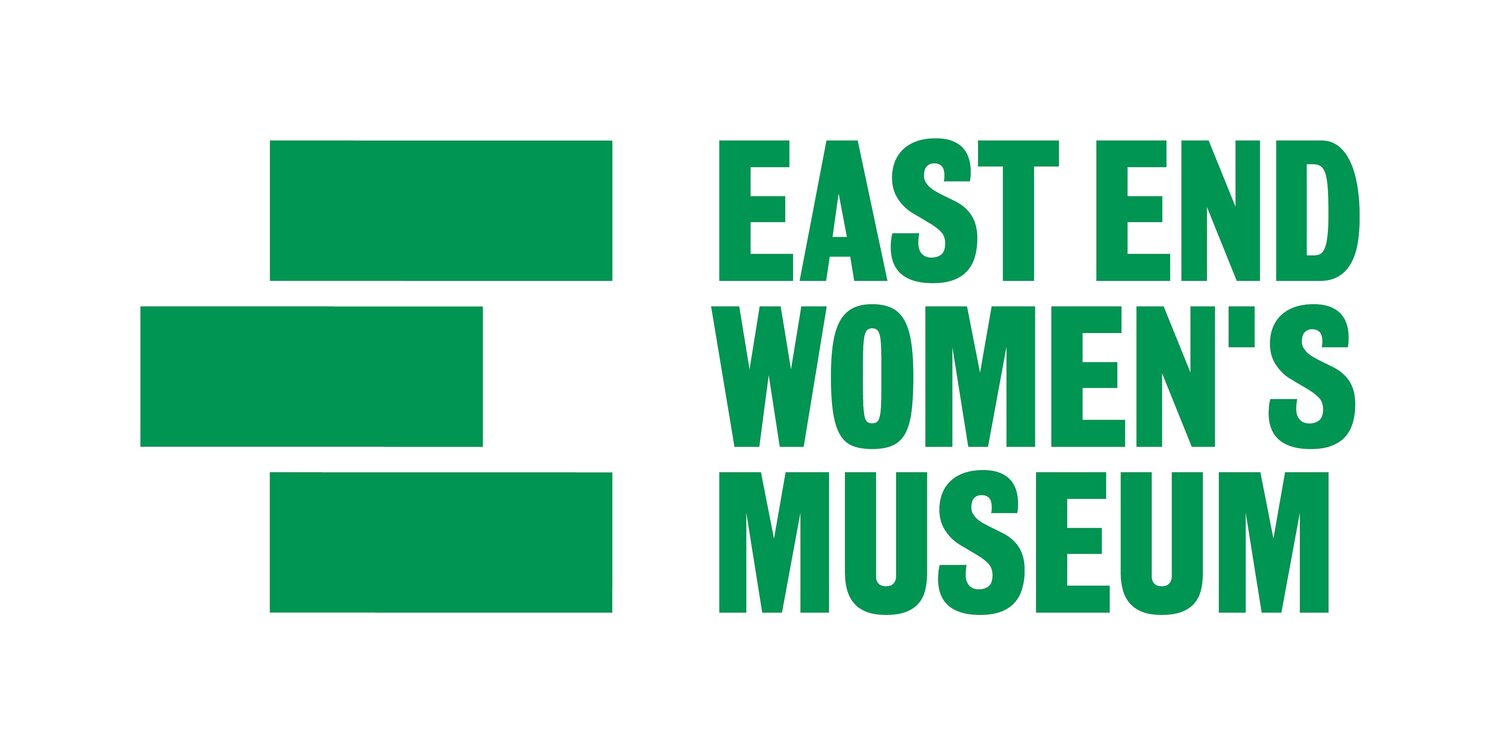When we talk about the past, women’s stories often get lost.
Often - in schools, on TV, in books, in our public monuments and museums - history is reduced to a list of Important People who were involved in Important Events: making laws, waging wars, leading industry, or pioneering new inventions.
Many of these events took place in sexist societies in which women had fewer rights and opportunities than men, were subject to discrimination and restrictive stereotypes, faced harassment and violence, and often shouldered a 'double shift' of paid and unpaid work. This is one reason that women are less likely to play a starring role in this narrow view of history.
Another reason is that for many centuries the history books were written mostly by men, and they tended to focus on, well, men. Specifically wealthy, white men.
Even when women overcame sexism to achieve extraordinary things - as footballers, inventors, pilots, generals, pirates, you name it - their stories have been sidelined, and then forgotten. This is especially true for the histories of women of colour, women with disabilities, lesbian and bi women, trans women, working class women and other marginalised groups.
We want to balance the history books, and put women back in the picture. That means telling women's extraordinary stories, but telling the 'ordinary' ones too, because history is more than just a chain of Important individuals and events.
“History is no longer just a chronicle of kings and statesmen, of people who wielded power, but of ordinary women and men engaged in manifold tasks. Women’s history is an assertion that women have a history.”
History can be a powerful tool to dismantle stereotypes.
Stories from the past can help to challenge assertions that ‘this is how it’s always been’. Sometimes a story can get through where an argument can’t.
Uncovering hidden histories can also play a part in consciousness-raising. Recognising shared experiences across decades, even centuries, help to make the deep roots of inequality and structures of power visible. It means something to discover that your struggle is not only individual but shared, not accidental but systemic.
That’s not to say that there's a single shared female experience or history, but simply that there are many common threads. And looking at the differences between women's experiences can be as illuminating as looking at what is the same.
“The history of all times, and of today especially, teaches that... women will be forgotten if they forget to think about themselves.”
Women and girls from yesterday inspire us today.
Our history can also offer us inspiration. Women are underrepresented in positions of power in politics, business, law and the media, as well as in the arts, sciences, and sport.
Some studies suggest that women and girls respond better to role models who are also women and girls. From courageous activists to sporting heroes, community leaders, scientists, artists, professionals, and politicians, there are so many role models from our history waiting to be discovered.
WOMEN MISSING FROM HISTORY
What about the men?
We want more women’s stories, not fewer men’s stories. It's our view that more women in the history books won’t make people forget about Churchill, or Newton, or Henry VIII. Instead there’ll be a richer history for everyone.

